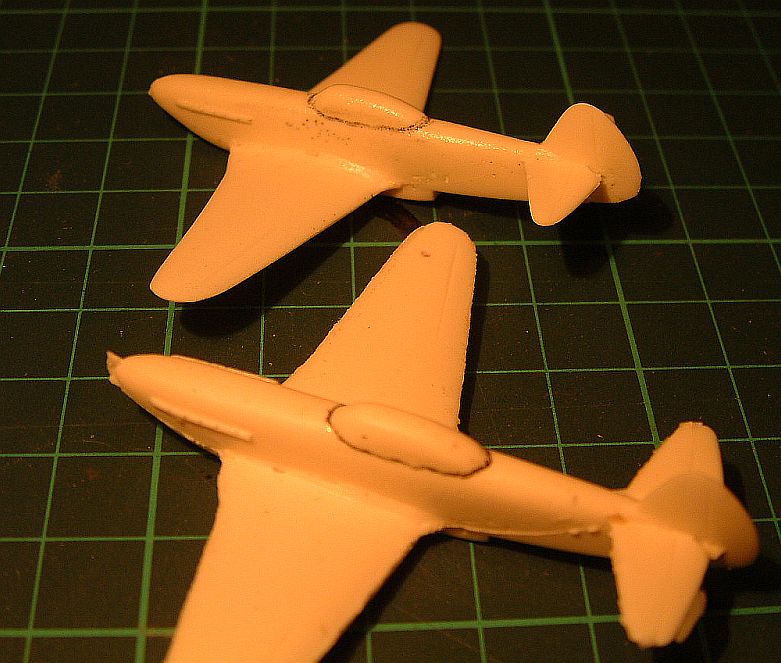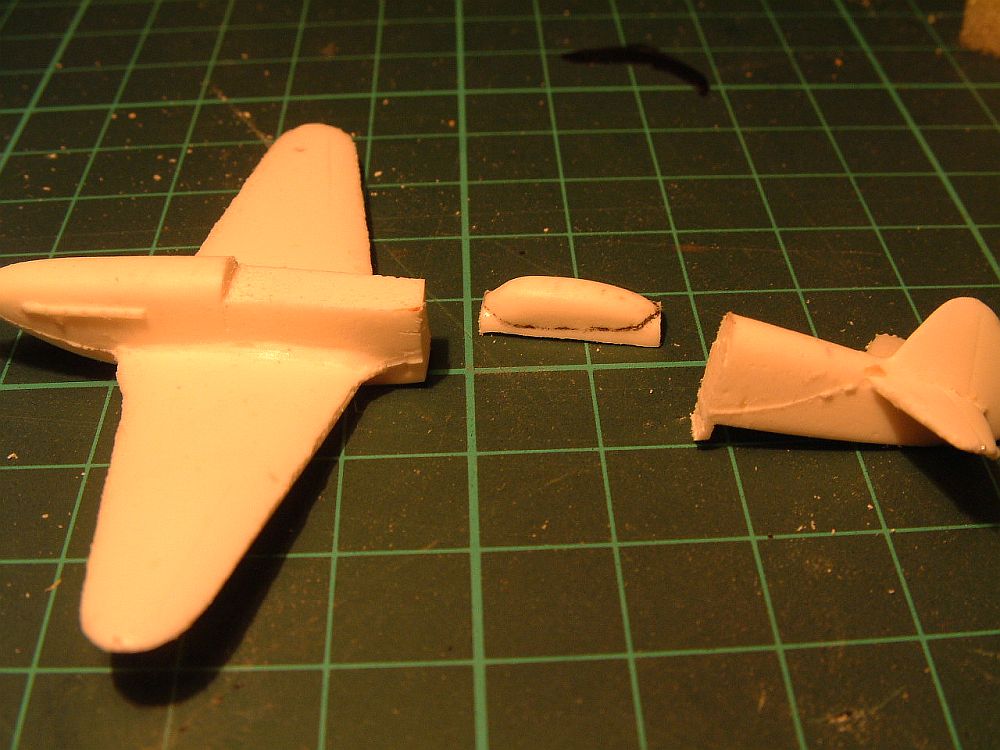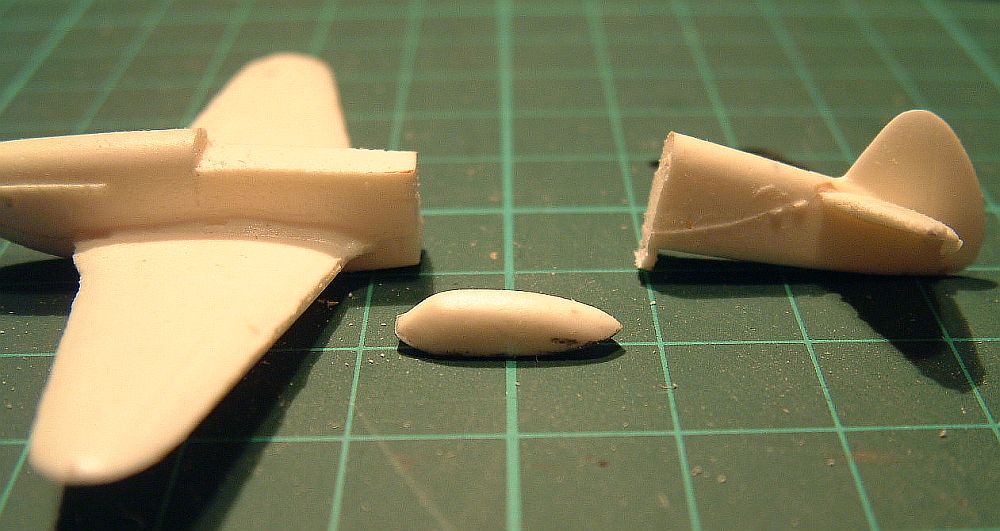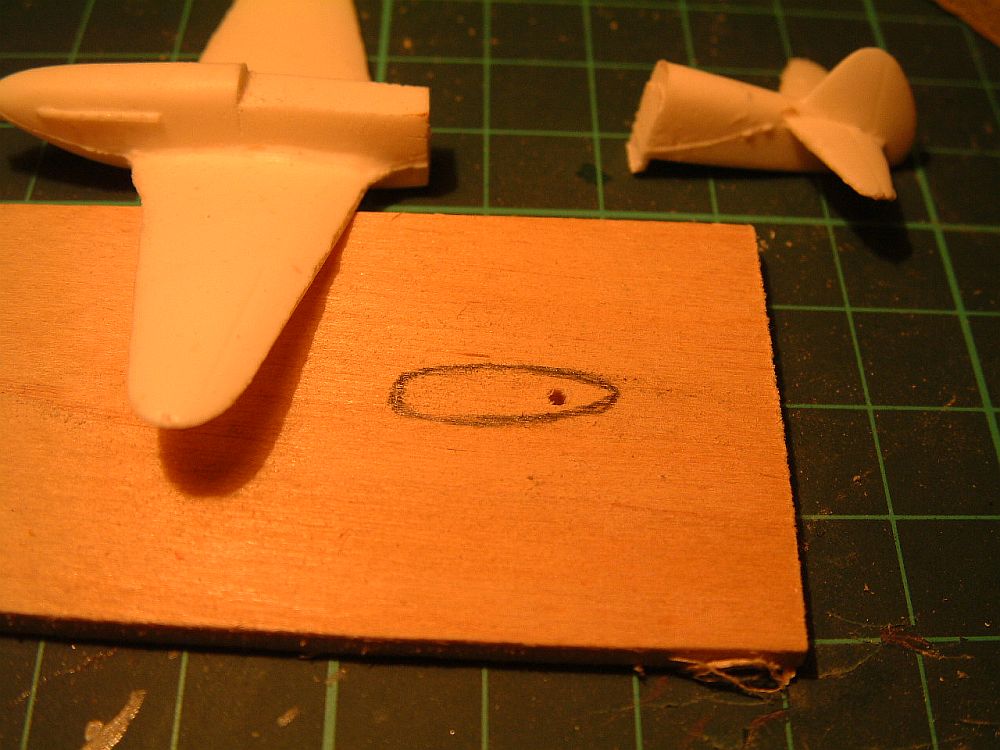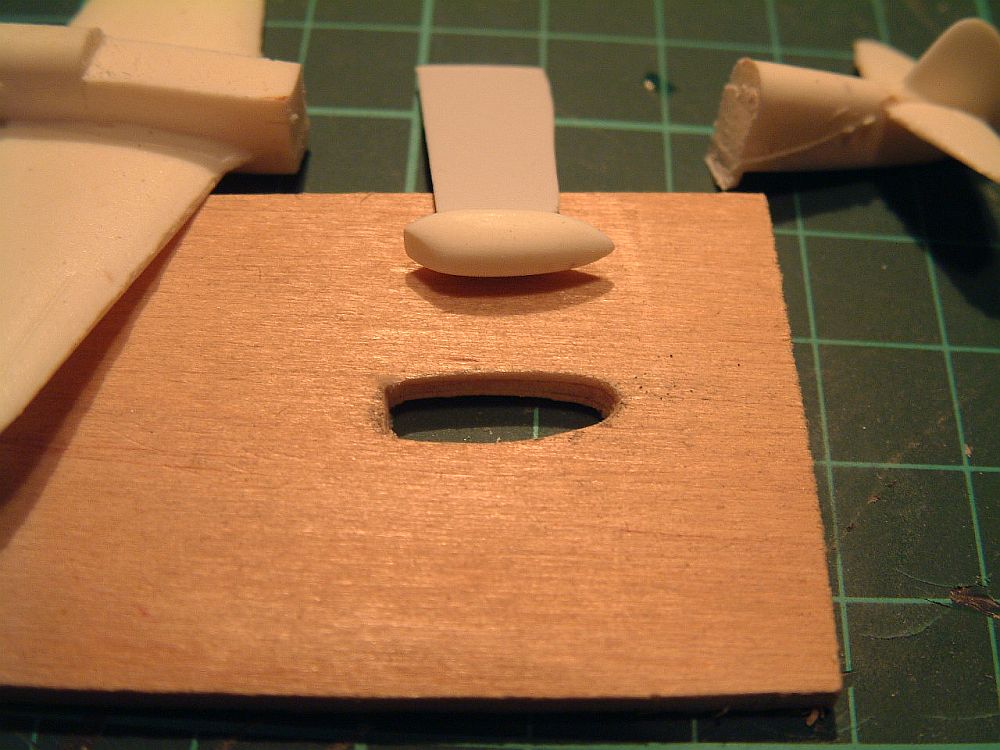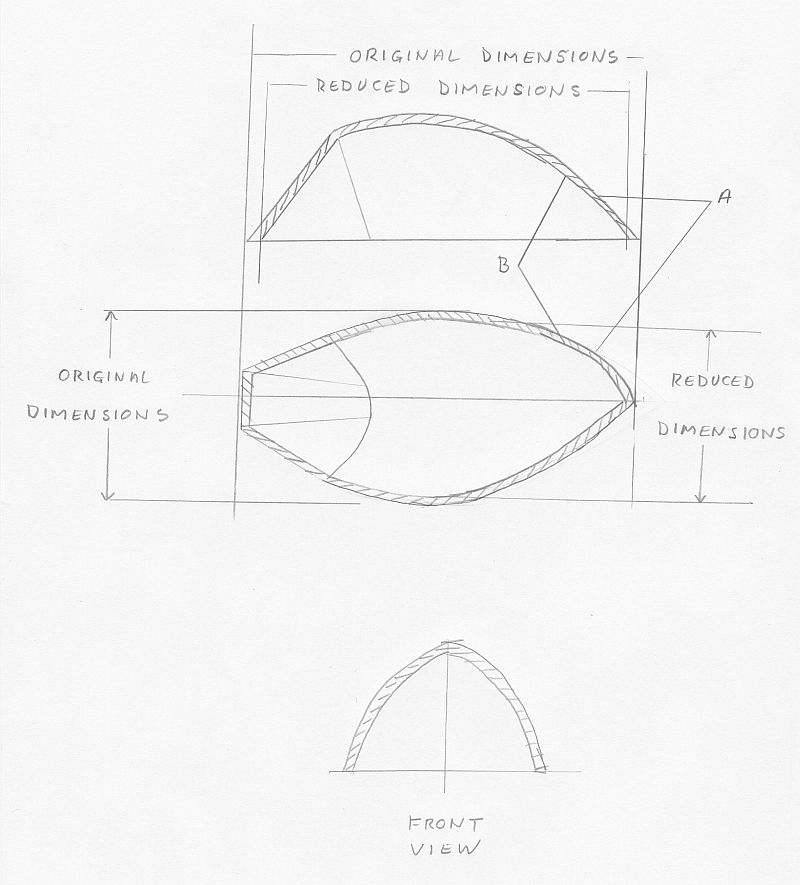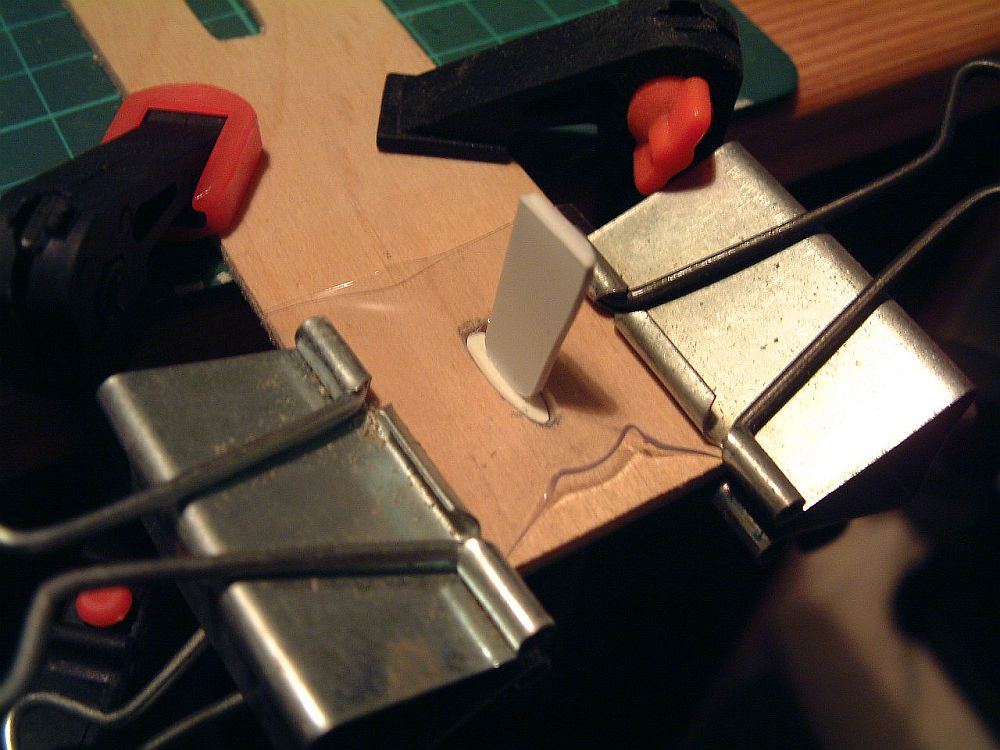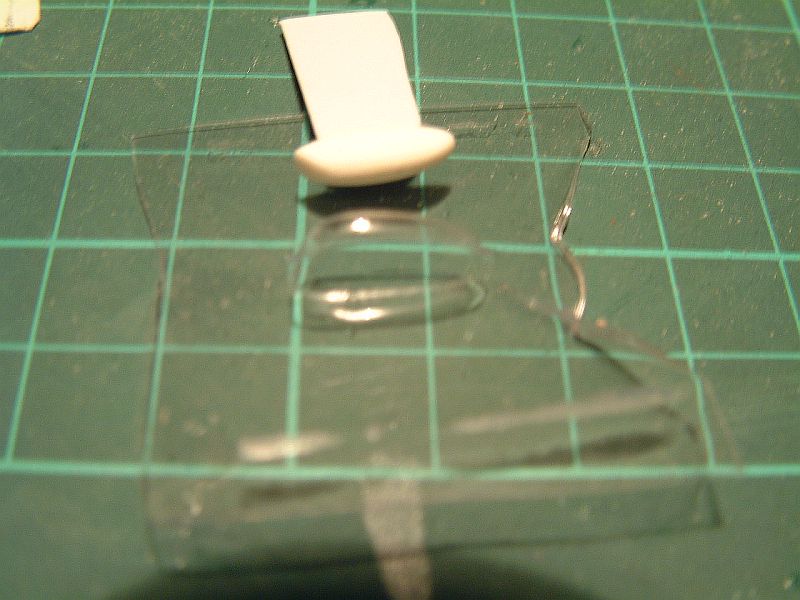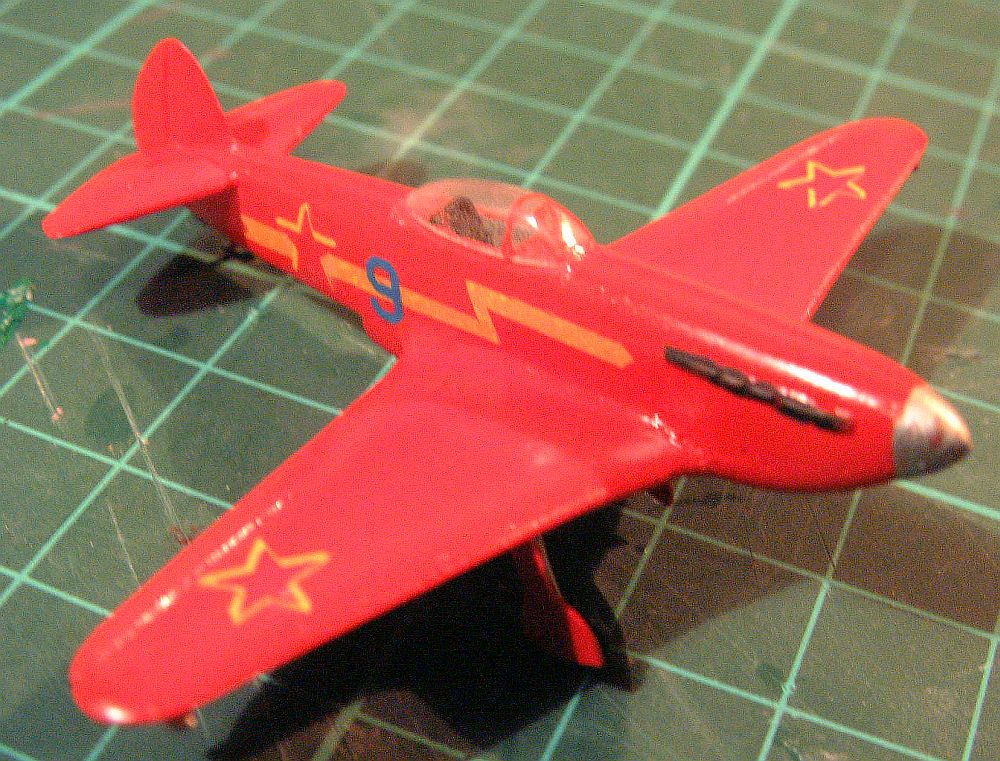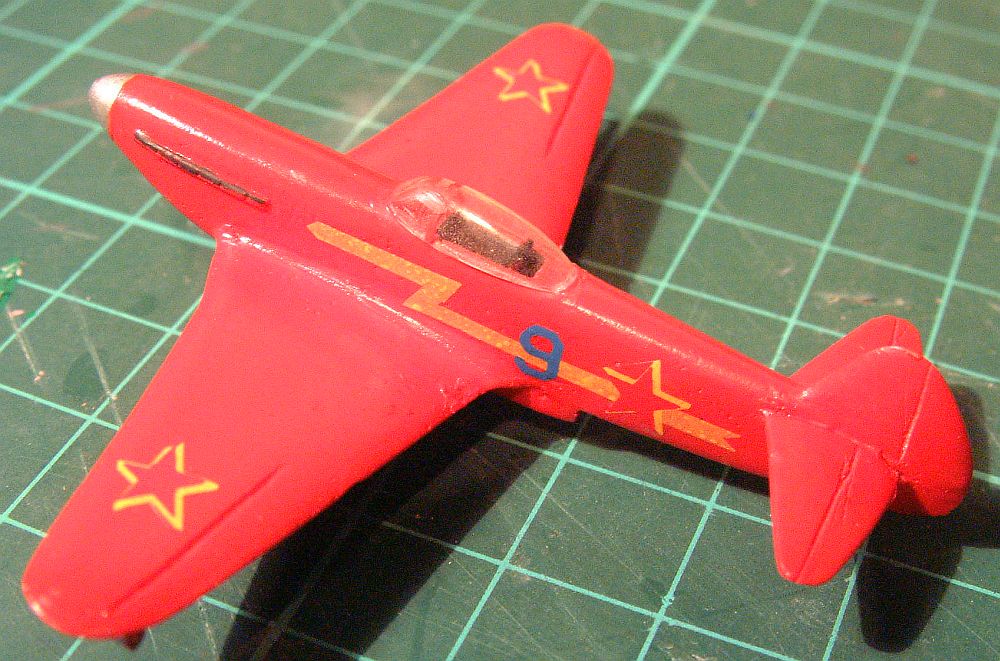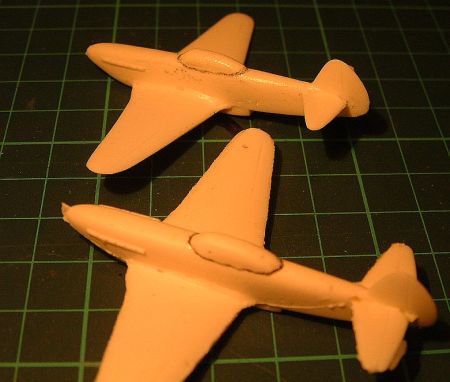
Making 1/144 Canopies - Updated
By Terry Patrick
Introduction
My local model club decided to use the Berlin Airlift as a theme for the Nationals this year, and I was asked if I would produce some Yak9s to overfly the subject. Don Schmenk agreed to make a mould if I made the master and this was done. Consequently I soon had three Yaks to overfly Berlin and three to do what I would with.
My aim has always been to build an interesting collection of models. I only model in 1/144th and the vast majority of my models are original models made in wood, because of the scale I do not go in for super detailing, it seems inappropriate at this scale. I also do not produce transparencies, a transparent canopy means you can see inside, if you can see inside it means you have to detail the inside, and that's not my aim.
But now I found myself with a surplus of Yaks so I decided to go against my better judgement and to attempt to build a model with a transparent canopy, this is how it went. I hope my experiences may help others wishing to mould a canopy.
Making Canopies

